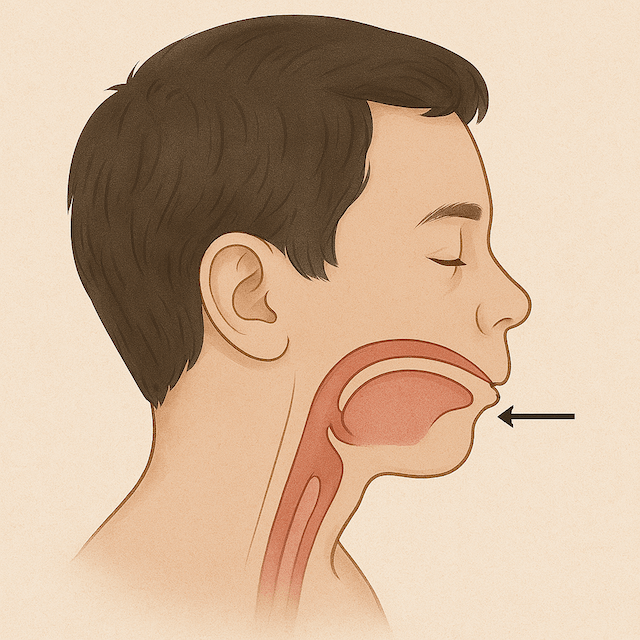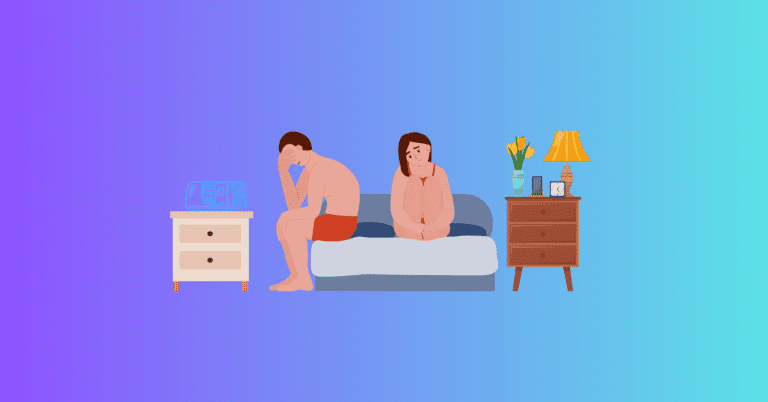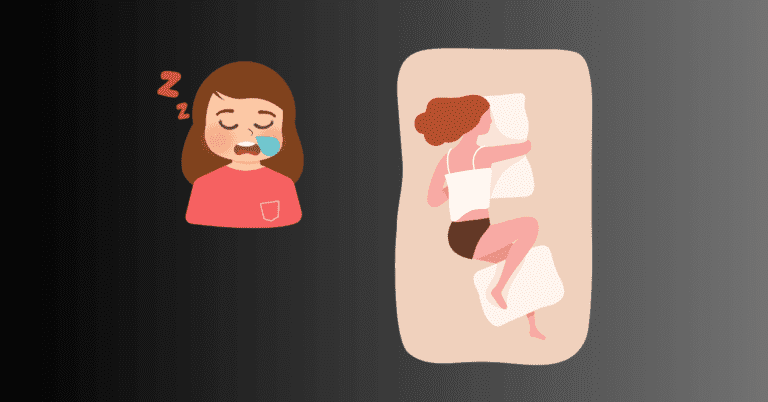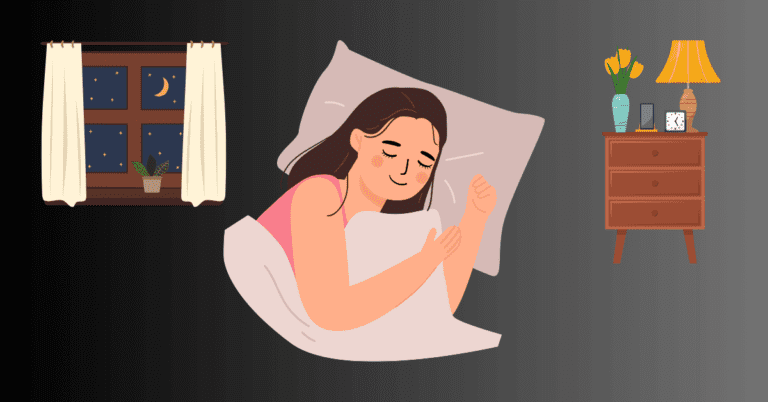Micrognathia and Obstructive Sleep Apnea
Is there a link between micrognathia and obstructive sleep apnea?
Micrognathia might sound like a complicated medical term, but it simply means having a smaller-than-normal lower jaw.

While this might seem like a unique facial feature, it can actually affect a person’s health, especially breathing during sleep.
One significant condition linked to micrognathia is obstructive sleep apnea (OSA), a sleep disorder where breathing stops and starts repeatedly during sleep.
What Exactly Is Micrognathia?
Micrognathia is a condition where the lower jaw (the mandible) is much smaller than average. It’s often present from birth and can appear independently or as part of other conditions like Pierre Robin sequence or Treacher Collins syndrome.
A small jaw can affect how the mouth, tongue, and throat work together, especially when a person is asleep.
What Is Obstructive Sleep Apnea?
Obstructive sleep apnea (OSA) is a sleep disorder where the airway becomes blocked while you’re asleep. This can happen when the throat muscles relax too much or the tongue falls back into the airway. The result?
The person temporarily stops breathing, which can last for a few seconds to over a minute, disrupting sleep.
How Does Micrognathia Lead to Sleep Apnea?
People with micrognathia have smaller jaw structures, which can make the space inside their mouths tighter. This can lead to:
- A Smaller Airway: The tongue is positioned further back in the mouth, which can block air flow, especially when lying down.
- Higher Risk of Blockages: During sleep, muscles relax, and if someone already has a narrow airway, it’s easier for the tongue or throat tissues to fall back and block breathing.
- Position Matters: Sleeping on your back can worsen since gravity pulls the tongue and tissues backward, making breathing harder.
Signs of OSA in People with Micrognathia
If you or someone you know has micrognathia, it’s essential to be aware of OSA symptoms. Some common signs include:
- Loud Snoring: This is usually the first sign that something is wrong.
- Pauses in Breathing: A person with OSA might stop breathing briefly while sleeping, then suddenly snort or gasp.
- Feeling Tired During the Day: Since OSA interrupts sleep, people often wake up tired, even if they’ve been in bed for hours.
- Morning Headaches: Waking up with a headache indicates that the brain didn’t get enough oxygen during the night.
- Restless Sleep: Frequent tossing and turning or waking up multiple times during the night.
How Is OSA Diagnosed in People with Micrognathia?
To find out if someone with micrognathia has OSA, doctors often start with a physical exam and ask about sleep problems.
The next step is usually a sleep study, called polysomnography. This test tracks breathing, heart rate, oxygen levels, and brain activity while a person sleeps.
Doctors may also use imaging tests, such as X-rays or CT scans, to examine the jaw and airway and determine why the airway is blocked.
Treatment Options for OSA in People with Micrognathia
Treating OSA is essential because it helps people sleep better and prevents long-term health problems. Here are some common treatments:
1. CPAP Therapy (Continuous Positive Airway Pressure)
A CPAP machine helps keep the airway open by blowing a steady stream of air into a mask worn over the nose or mouth. This prevents the airway from collapsing during sleep. Getting a mask that fits well is essential for people with micrognathia.
2. Oral Appliances
These are devices that look like mouthguards and are worn during sleep. They work by gently moving the lower jaw forward to make more space in the airway. This can reduce snoring and prevent the tongue from blocking the airway.
3. Surgery
For people with severe cases of OSA and micrognathia, surgery can be an option. One common type is mandibular advancement surgery, which makes the lower jaw longer and helps create more room in the airway. Orthognathic surgery is another option to correct the jaw alignment.
4. Lifestyle Changes
Small changes can make a big difference. These include losing weight if necessary, sleeping on your side instead of your back, and avoiding things that make the throat relax too much, like alcohol or certain medications.
How to Live Better with Micrognathia and OSA
If you have micrognathia and OSA, treatment can improve your sleep and health. It’s important to use any prescribed therapy every night and follow your doctor’s instructions. Regular follow-ups with your healthcare provider help make sure the treatment is working.
Important Tips:
- Keep Your CPAP Clean: Clean your CPAP mask and tubing regularly to avoid bacteria buildup.
- Track Your Sleep: Use apps or CPAP machines with data tracking to see how well your therapy works.
- Talk to a Dentist or Orthodonticist. They can help you find the right oral appliance or suggest other jaw-related solutions.
Final Thoughts
Micrognathia might seem like just a small jaw, but it can have a big impact on sleep and overall health.
If you or someone you know has micrognathia and struggles with sleep issues, it’s essential to talk to a doctor or sleep specialist.
With the proper treatment, OSA can be managed, leading to better sleep and a healthier life.





